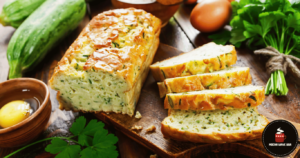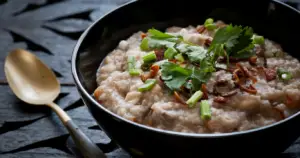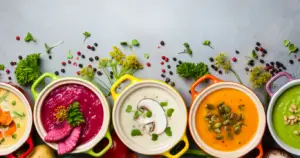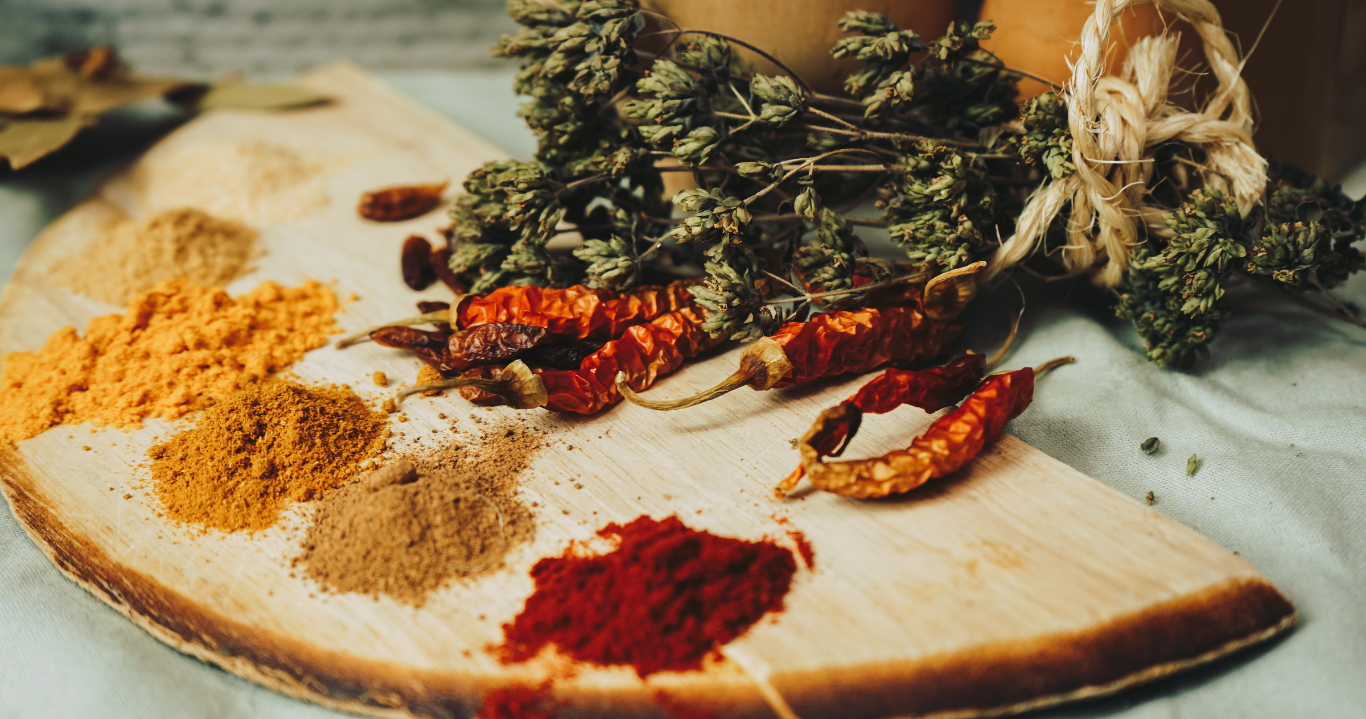
Spices are pivotal in transforming ordinary dishes into extraordinary feasts in culinary exploration. While many are familiar with common spices like cinnamon, cumin, and paprika, there exists a fascinating world of rare and exotic spices that add a unique touch to cuisines around the globe. Join us on a journey to discover rare spices and the tantalizing recipes in which they are employed, elevating the culinary experience to new heights.
You May Like: Best Hot Springs To Explore After Winter Blues 2024!
World’s Most Rare Spices!
Saffron: The Gold of Spices

Saffron, often referred to as the “gold of spices,” is derived from the vivid red stigmas of the Crocus sativus flower. With a rich history dating back to ancient times, saffron is a prized spice known for its distinctive aroma, vibrant color, and complex flavor. It’s a key ingredient in dishes like Spanish paella, Persian saffron rice, and Indian biryani, where its subtle floral notes and earthy undertones add depth and sophistication.
Grains of Paradise: The Peppery Wonder
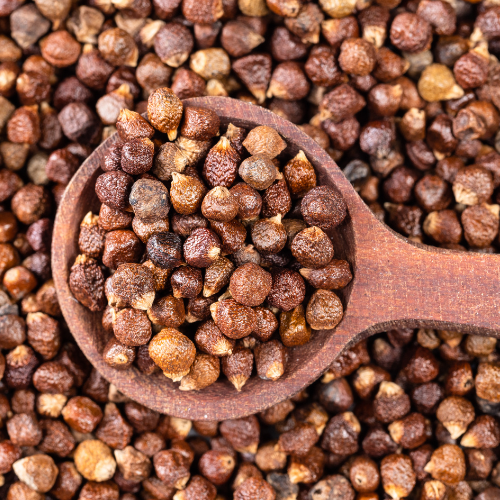
Hailing from West Africa, Grains of Paradise are tiny seeds with a peppery kick, reminiscent of black pepper but with a more complex flavor profile. Historically used as a substitute for black pepper in medieval Europe, these seeds return to modern cuisine. They can be found in craft beers, gin, and spice blends. Their warm, citrusy notes add a unique twist to spice rubs for grilled meats and seafood, providing a delightful fusion of flavors.
Ajwain: The Indian Carom Seed

Ajwain, also known as carom seeds, is a spice native to the Indian subcontinent. With a strong, pungent aroma and a flavor profile reminiscent of thyme, ajwain is a staple in Indian cuisine. It is often used in lentil dishes, bread, and pickles, where its distinctive taste imparts a warm and earthy essence. Ajwain’s digestive properties also make it a popular addition to Indian herbal remedies and traditional medicine.
Long Pepper: The Ancient Spice Revival
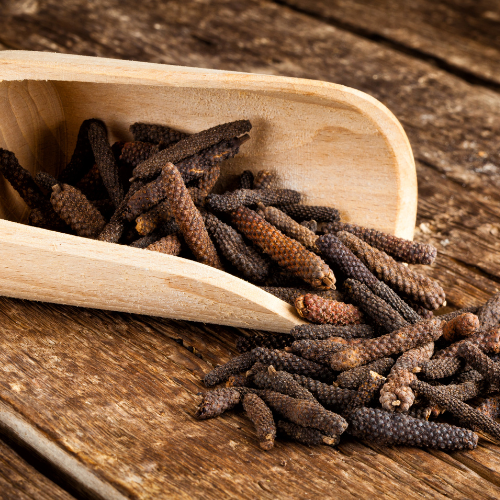
Long pepper, an ancient spice that predates black pepper, boasts a more complex and spicier flavor profile. Once a prized commodity in the Roman Empire, long pepper has experienced a resurgence in modern cuisine. Its warm, slightly sweet taste makes it an excellent addition to sweet and savory dishes. For a surprising twist, try incorporating long pepper into spice blends for roasted vegetables, braised meats, or even chocolate desserts.
Cubeb Pepper: The Java Pepper Surprise
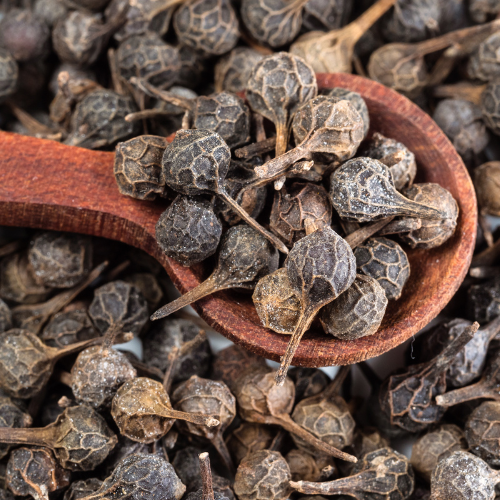
Native to Java, Indonesia, the Cubeb pepper, or tailed pepper, has a unique appearance with a stalk attached to the dried berries. Offering a flavor profile that combines the heat of black pepper with hints of citrus and allspice, Cubeb pepper is a distinctive spice used in both savory and sweet dishes. It pairs exceptionally well with game meats, adds depth to pickles, and contributes a delightful warmth to spiced desserts like gingerbread.
Grains of Selim: The African Secret
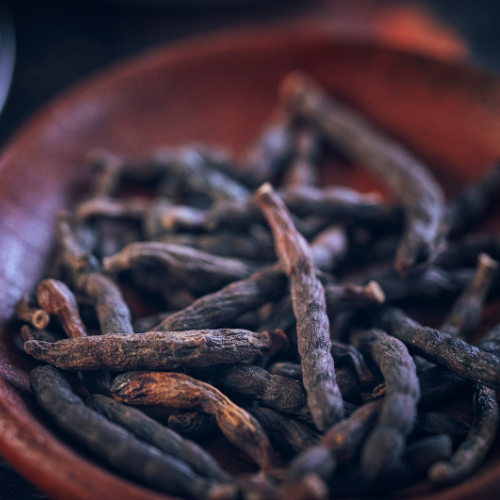
Grains of Selim, native to West Africa, are the seeds of the Xylopia aethiopica tree. These dark brown, wrinkled seeds are known for their smoky, woody flavor with notes of eucalyptus. Commonly used in African cuisine, particularly in West African soups and stews, Grains of Selim impart a distinctive taste that elevates the culinary experience. Their aromatic qualities also make them unique to spice blends for grilled meats and vegetables.
Galangal: The Southeast Asian Gem
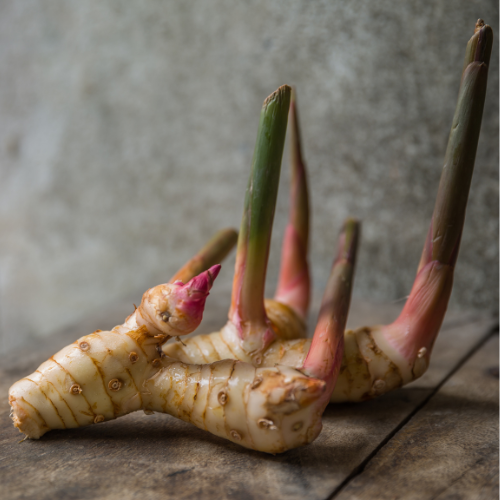
Galangal is often mistaken for ginger, a rhizome with a distinct flavor profile that includes citrusy and piney notes. Widely used in Southeast Asian cuisine, particularly in Thai and Indonesian dishes, galangal adds depth to curries, soups, and stir-fries. Its aromatic and slightly spicy nature makes it an essential component in tom yum soup, rendang, and various curry pastes, contributing to the complex layers of flavor characteristic of the region’s culinary delights.
Exotic spices aren’t just ingredients; they’re storytellers. We learn about ancient trade routes, cultural exchanges, and global cuisine through them. Each rare spice adds a unique flavor to any dish. So why not add a pinch of the extraordinary to your next meal and discover new gastronomic territories?

